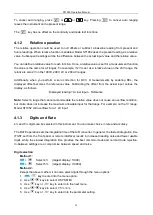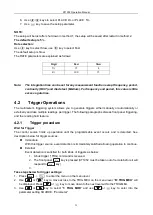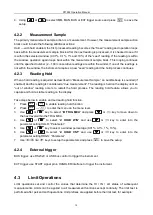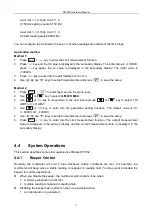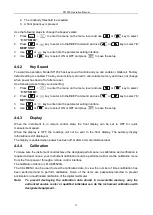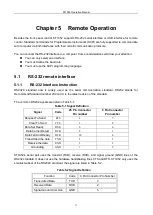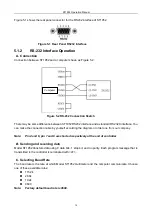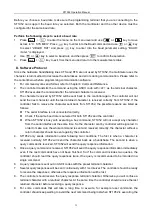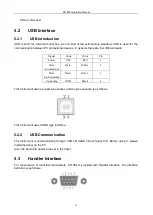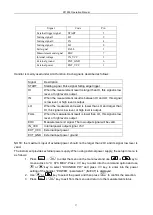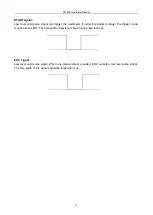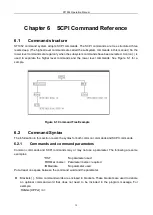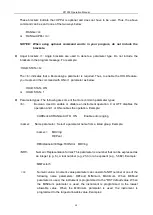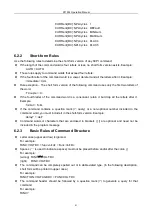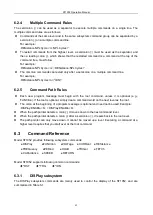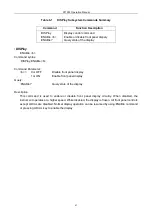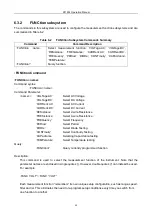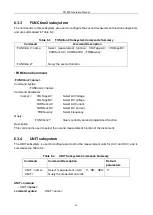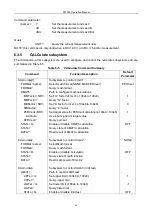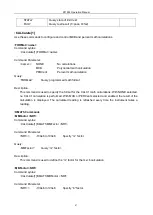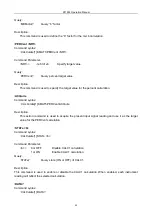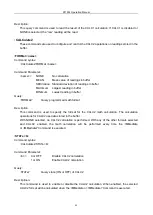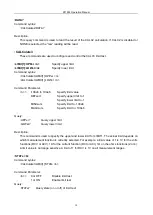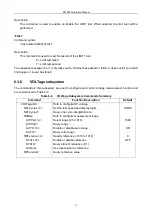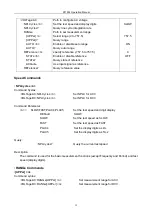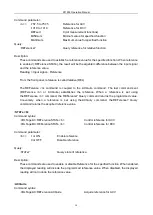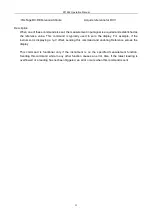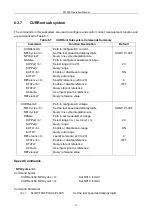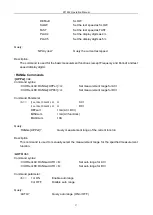
ST1952 Operation Manual
42
6.2.4 Multiple Command Rules
The semicolon (;) can be used as a separator to execute multiple commands on a single line. The
multiple command rules are as follows.
Commands at the same level and in the same subsystem command group can be separated by a
semicolon (;) on a multiple command line.
For example:
:RESistance:NPLCycle <n>;NPLCycles ?
To restart commands from the highest level, a semicolon (;) must be used as the separator, and
then a leading colon (:), which shows that the restarted command is a command at the top of the
command tree, must follow.
For example:
:RESistance:NPLCycle <n>; :RESistance:NPLCycles ?
The common commands can restart only after a semicolon on a multiple command line.
For example,
:RESistance:NPLCycles<n>;*IDN?
6.2.5 Command Path Rules
Each new program message must begin with the root command, unless it is optional (e.g.,
FUNCtion). If the root is optional, simply treat a command word on the next level as the root.
The colon at the beginning of a program message is optional and need not be used. Example:
:DISPlay:ENABle <b> = DISPlay:ENABle <b>
When the path pointer detects a colon(;), it moves down to the next command level.
When the path pointer detects a colon (:) after a semicolon (;), it resets back to the root level.
The path pointer can only move down. It cannot be moved up a level. Executing a command at a
higher level requires that you start over at the root command.
6.3 Command Reference
Model ST1952 provides following subsystem commands:
●DISPlay ●FUNCtion ●VOLTage ●CURRent ●RESIstance
●FREQuency ●PERiod ●HOLD ●TRIGer ●FETCh
●CAPacitance ●SPEED ●RETURN
Model ST1952 supports following common commands:
◆
*RST
◆
*TRG
◆
*IDN
6.3.1 DISPlay subsystem
The DISPlay subsystem commands are mainly used to control the display of the ST1952. and are
summarized in Table 6-1.

